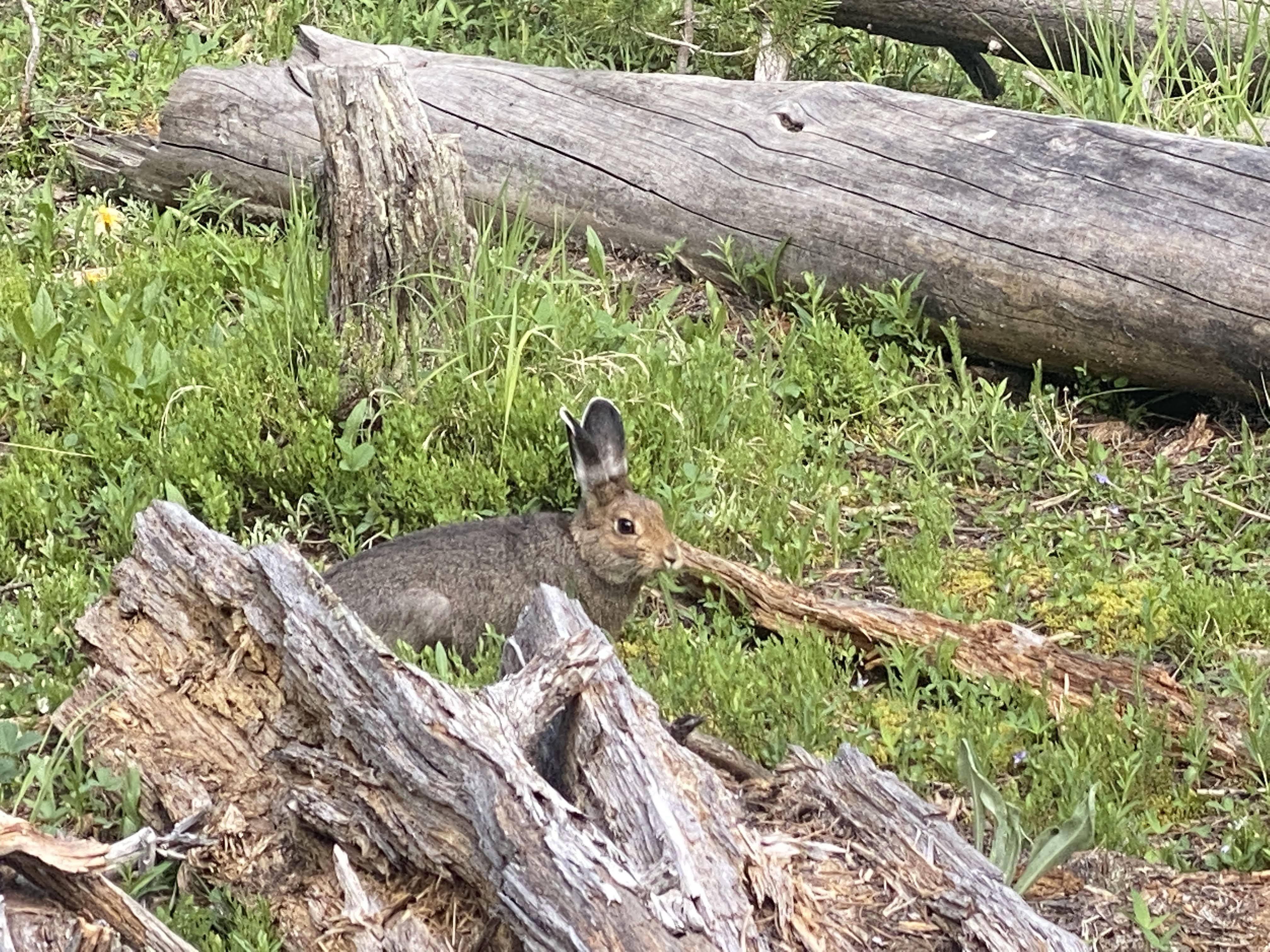We are going on another tour with Yellowstone Forever…

Our first stop is at Swan Lake…

We found: Swans! Trumpeter Swans to be exact…


We moved on to the Canyon Visitor Center, a newer center, and a newer Lodge.

I had read earlier in the week about a new pilot demonstration project which runs self-driving (autonomous) shuttle buses through the park. And here it is!

There are currently eight busses operating among three or four visitor centers. The idea is to shuttle visitors easily and cleanly around the park. The base structure of the vehicles are 3-D printed! These look really neat! They offered me a ride, but I had to get back to our Transit van to continue our tour…

Our next stop is to the “Grand Canyon of the Yellowstone River”. These are the upper falls…


In addition to the Yellowstone River, we can see a Fumarole here on the canyon wall…





Some of us are braver than others when it comes to peering over the rim of the canyon…

Here is the Lily Pond. You can’t really see the water because it is covered in grass and Lily Pads…
More wildlife…

The hike to Lily Pond complete, we traveled to Uncle Tom’s Point…


These are the lower falls…


After Uncle Tom’s Point we drove to our next hike at Storm Point. Along the way we found more Bison…

We stopped at the “Fishing Bridge”, so named because there is no fishing allowed within one mile of this bridge. It is mainly used for watching Cutthroat Trout spawning. No action today…
Cutthroat Trout are an endangered species due to Lake Trout and Rainbow Trout; they are invasive species, and they eat the Cutthroat Trout. The population of Cutthroat Trout is 10% of their historic high. Grizzly Bears, Otters, and Bald Eagles depend on the Cutthroat Trout as a staple in their diet…


More Bison…

We begin our hike on the Storm Point Trail……
We finally see Yellowstone Lake in all its glory…


Yellowstone Lake is the largest body of water in Yellowstone National Park. The lake is 7,732 feet above sea level and covers 136 square miles with 110 miles of shoreline. While the average depth of the lake is 139 ft, its greatest depth is at least 394 ft (120 m). Yellowstone Lake is the largest freshwater lake above 7,000 ft in North America. In winter, ice nearly 3 ft thick covers much of the lake except where shallow water covers hot springs. The lake freezes over by early December and can remain frozen until late May or early June.

We had a bit of a challenge when felled treed crossed our path… Some go over, some go under…




We stopped to eat the lunches we brought along…



Here we see a Marmot. Maybe a Golden Marmot, or maybe a Long-Tailed Marmot, or a Red Marmot. You decide… (It’s really just a large squirrel…)

Various ducks and geese along the way…

Another bison…

And another. They really are all over the place… Elk, too…

We returned to our van. As we left the parking lot it started to rain. Perfect timing! We returned to the campground. The rain had stopped, so we enjoyed some time at the hot springs.
We had dinner in the Villa…
An enjoyable time was had by all…
